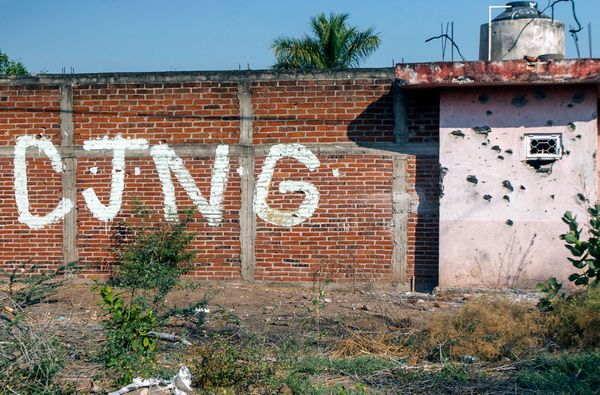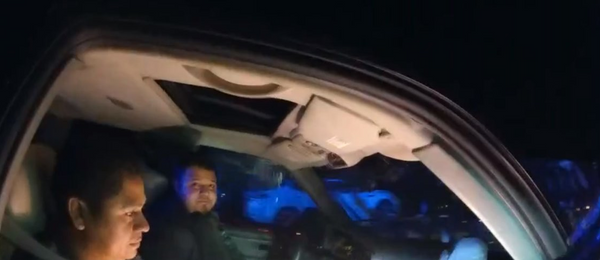ST. PETERSBURG, Fla. — As IndyCar driver Romain Grosjean sped around a California track during a test last month, he had to ask if his No. 28 Honda was using the series’ new 100% renewable race fuel.
“It just felt the same,” Grosjean said.
IndyCar couldn’t have asked for a better endorsement of the sustainability initiative hovering around this weekend’s Firestone Grand Prix of St. Petersburg.
Sunday’s race will be the first with Shell’s renewable fuel, a blend partly produced from sugarcane scraps. Almost half the Firestone tires are greener thanks to rubber from an Arizona shrub.
If Grosjean and his colleagues didn’t notice either change from the cockpit, neither will fans watching downtown.
“That’s success,” IndyCar chief of staff Mark Sibla said.
The Firestone tires are already a proven success; IndyCar unveiled them at August’s race in downtown Nashville and reported no issues in how they gripped the track or wore down. The only difference is the source.
Most tires use natural rubber from hevea trees grown in southeast Asia. The material is flown to the U.S., processed and sent to a tire factory.
Rubber from the guayule (pronounced why-ooh-lee) plant is the same chemically but has two practical advantages, said Cara Krstolic, Firestone’s executive director of race tire engineering and production. Because guayule grows well in the Southwest, Firestone can farm it domestically instead of flying it across the Pacific; that shrinks the carbon footprint. And because the 2-foot desert shrub is resistant to heat and drought, it uses only half the water alfalfa or cotton fields would have needed on the same farm.
A decade’s worth of work has allowed Firestone to replace havea rubber with guayule rubber on one part of the tire (the sidewalls) for the five sets of alternates each team gets this weekend.
“It’s the easiest place to start,” said Krstolic, also Firestone Racing’s chief race engineer. “Start there, and then we scale up from that point.”
Scaling up doesn’t only mean expanding these alternates from one race last year to five this year to a full schedule, or creating an all-guayule tire. It means finding ways to make each shrub produce more rubber and encouraging more farmers to grow it. When that happens, Firestone can take what it learned in IndyCar and apply it to the tires it makes for you to sit in traffic on the Howard Frankland Bridge.
“Using that ultimate proof point of technology to expand its use, to bring awareness to it, that’s going to be key for us,” Krstolic said.
Awareness is a similar goal for Shell and its renewable fuel.
Shell motorsports technology manager Bassem Kheireddin is proud that a “significant” portion of the blend comes from second-generation ethanol. The source: Brazilian sugarcane leftovers that were never going to be used to feed people or livestock.
“It’s the part that did not have a use in the past now has been found to be able to be converted into a sugarcane ethanol,” Kheireddin said.
Not just any sugarcane ethanol. Sugarcane ethanol that can help power a car at 240 mph with 60% fewer total greenhouse gas emissions than fossil fuels — all while working perfectly with IndyCar’s previous engines so no team had to change a single part.
“The motorsports for Shell, it’s a platform,” Kheireddin said. “It’s a great avenue to demonstrate and create broader awareness of new technology that can help improve sustainability.”
Improving sustainability has become a major goal for IndyCar as a whole for several reasons. The global fan survey it unveiled at last year’s Grand Prix showed younger followers and 20% of female fans want the series to get greener. Corporate partners, including title sponsor NTT, are pushing for environmental awareness, too.
“As a sport that is fueled by sponsorships and big companies, we’ve got to follow suit,” said NBC Sports analyst James Hinchcliffe, the 2013 Grand Prix winner.
Internally, Sibla said IndyCar wants to be a good corporate citizen by becoming North America’s most sustainable motorsport series. That means finding ways to reduce its carbon footprint without affecting some of the most competitive racing in the world.
A few changes are imperceptible to even the most intense fans. The series recently replaced its golf carts with an electric fleet. Starting this weekend, every tractor trailer from IndyCar, its teams or sister company IMS Productions will drive to the track on R99 diesel, a renewable fuel that slashes greenhouse gas emissions up to 85%.
Other changes are in the works, too, from the development of hybrid technology to battery-powered tire guns on pit stops.
“I think the key is, how can we introduce sustainable technologies, innovations, components with no impact to the performance or the product itself?” Sibla said. “I think that’s what we’ve been able to achieve really with both of these opportunities, the one with Firestone and the one with Shell. You want a driver to walk away and say, ‘I had no idea there was a change,’ right?”
And if you listen to Grosjean, it sounds as if IndyCar’s sustainability initiative is on the right track.
Firestone Grand Prix of St. Petersburg
Friday-Sunday, downtown; the 1.8-mile, 14-turn track uses the streets circling Pioneer Park, the Duke Energy Center for the Arts and The Dalí Museum, and extends onto the runways at Albert Whitted Airport.
Main race: 12:30 p.m. Sunday
TV: NBC







